I have a post for you today that I have had in the works for a couple months now. Hobby polish making has been one of my passions for several years now, and I am starting a new series of reviews about polish making supplies! The first episode will cover a selection of the Chameleon Pigments from Spectraflair4u. Next I will begin working my way through some micas that are also carried in that store. It is an exciting prospect, but intimidating as it is a lot of work! I have literally dozens of bottles sitting in testing for stability and suspension and just ordered 200 more mini bottles for the next batches. Yay to new adventures! Let's have a look at the first episode...
Chameleon Pigments are a type of effect pigment that has interference properties. What that means is that they are particles coated with materials that have high refractive properties - light strikes them, and depending on the thickness of the coating and angle of incidence, is reflected back a different color altogether. In this case they are made from flakes or particles of mica of 5 to 250 microns in size, coated in titanium dioxide and/or iron oxides and silica. They are mostly colorless or minimally colored on their own, but their effects jump out over a base.
They can be used in a variety of ways in polish making. They add a nice bit of flash to a simple jelly base, or can add complexity to a shimmer, holo, or multichrome-based polish. It is generally best to use them in translucent bases so that the color shift can shine through the depth of the polish. They will result in "hidden shimmer" when the base is more opaque - it will show in the bottle but not on the nail. It is best to pick base and Chameleon combos where one shift complements the base shade and the other contrasts so that they are visible. You will get a different effect depending on if the contrast is visible at the oblique view or when the light is hitting the nail from straight on.
Chameleon Pigments are very stable in base and tend to be easy to suspend. They do thicken a polish when added, so it is best to thin your product somewhat depending on the quantity used. Also, a little goes a long way - too much and the polish will bubble, have a slow dry time, and be thick. That is generally true of mica-based pigments. When formulating, you can start off with a little and add more as needed.
I will begin by showing seven of the colors either on their own or over a black base in a single coat. For this mix, I used about an eraser-sized amount of Chameleon in about 3ml of TKB Luster base. This is not my favorite base as it tends not to suspend flakes or heavier pigments well, but it works fine for the Chameleons and dries quickly. I will then show four polishes I made to illustrate some of the effects that can be achieved.
Blue Green Gold Chameleon is a microflake that shifts from green-gold to turquoise.
Copper Gold Purple Pink Chameleon is the only one that is pigmented enough to show on its own, here in three thin coats. It has a copper base with gold highlights that shift to magenta at extreme angles. It is not a flake, but a smooth shimmer.
Cyan Blue Purple Red Chameleon is a microflake that shifts from light blue to magenta. The blue is dominant.
Dark Indigo Purple Red Orange Chameleon is a microflake that shifts from indigo to red/orange.
Green Gold Red Chameleon is a finer-grade microflake that shifts from pink to green/gold.
Red Orange Yellow Olivine Chameleon is a microflake that shifts from pink to green/gold
Violet Blue Green Chameleon is a microflake that shifts from blue to purple.
While they make lovely top coats, they really shine when put to work in a real polish!
First up is one that I made using Copper Gold Purple Pink Chameleon as a base color with a healthy dose of added Spectraflair 35. In order to really bring out the shift and make sure I had nice opacity, I used a few drops of Wonder Beauty Cream Color Base in Dark Chocolate, which is a mix of D&C Black #2, D&C Red #7, and D&C Yellow #5, all lake pigments. I also added a touch of Black color base to deepen it more to enhance the shift. As a hobby maker, I prefer to use color bases, as I don't want to spend my time blending lake pigments, but rather creating finished product, so it is more efficient for me to use pre-made color bases. These are basically concentrated pigments already milled and properly blended in base. I like to use a lake pigment for opacity then use micas and effect pigments for accent to keep the formulas smooth. In this case I ended up with a super-opaque strongly holo duochrome. Note that the gray of the Spectraflair lightened and cooled the look of the Chameleon significantly, such that I ended up with a shifty, metallic-looking taupe, worn here in two thin coats. It dried satin, so I used top coat.
Next I wanted to show how the Chameleons could be used in a jelly base with a bit of multichrome pigment. I chose Cyan Blue Purple Red Chameleon to put in an iron blue jelly base. The main color of the Chameleon matches the tone of the base and the shift at oblique angles complements it with red. I wanted to amp up the shift more and make it have a metallic, glowing quality, so added a touch of Blue Red Chromaflair. This is one of my favorite Chromaflairs as it is incredibly versatile. I've gone through a couple bottles already! The shift of the Chromaflair is the same as that of the Chameleon so it makes it pop more. I love using small, non-obvious amounts of Chromaflair to make a polish seem more metallic. It is shown here in two thin coats. If I reformulated it I might consider upping the amount of Chromaflair.
Next I wanted to try using a Chameleon without an obviously deeper base shade. Here is Green Gold Red with only a touch of black base to bring out the shift, along with copious Spectraflair 35. It ends up with a lovely insect-wing quality of reflectiveness and color shift. It is shown in three thin coats and could be a top coat or a full polish.
Finally I have a simple but classic polish that is only a Red 7 color base and Dark Indigo Purple Red Orange Chameleon. I'm a strong believer that very simple polishes can be stunning when all the ingredients are perfectly in balance. Here I chose a Chameleon where the main flake color contrasts with the base, then shifts to match it at oblique angles, the opposite of the blue jelly above. It is shown here in two thin coats, and if I remade it I think I would go with a sheerer base to bring out the blue of the Chameleon more.
I hope you enjoyed this first episode in the series and it gives you some ideas to try! Chameleon Pigments are available at Spectraflair4u for $5 to $9.25 for 5 grams depending on the shade, and if you buy larger amount the price goes down per gram. Next in the series will be some Pink and Red Pearl Pigments, also from Spectraflair4u.
Spectraflair4u is run by Lori in Pennsylvania and has been one of the main pigment suppliers to the indie market for many years. She has a broad array of products, including effect pigments, mica, color bases, and general supplies and is known for her lightning-fast shipping.
Social media:
Facebook: https://www.facebook.com/spectraflair4u
Facebook news group: https://www.facebook.com/groups/908530392498425/
Instagram: https://www.instagram.com/spectraflair4u/
Twitter: https://twitter.com/spectraflair4u

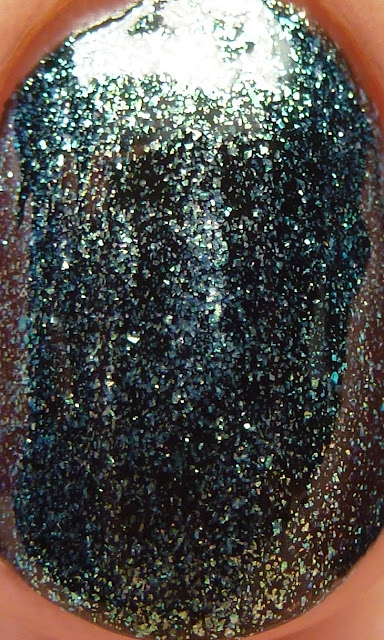
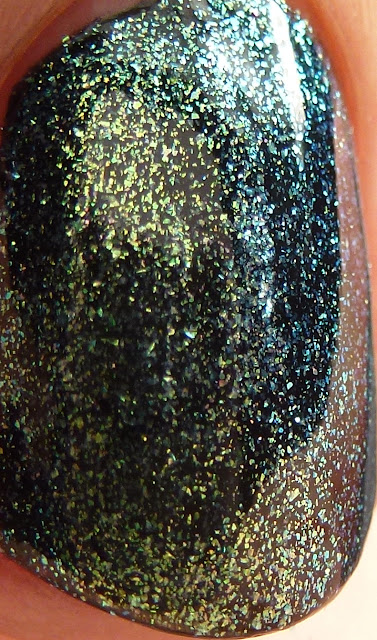
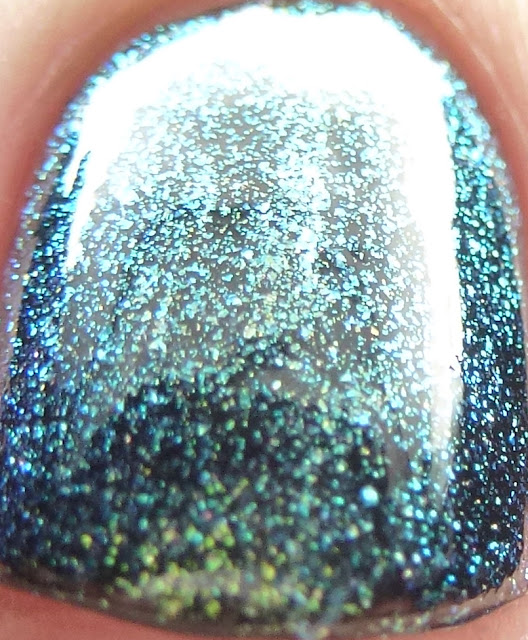
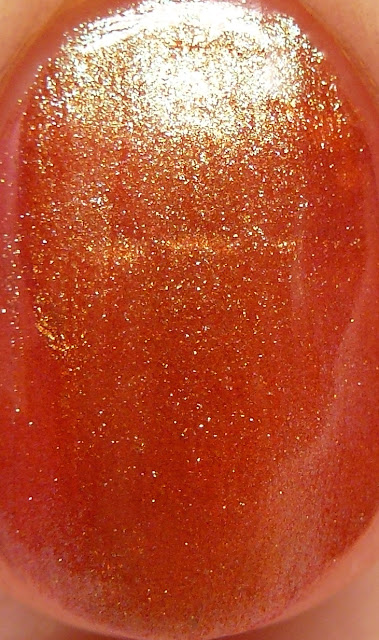




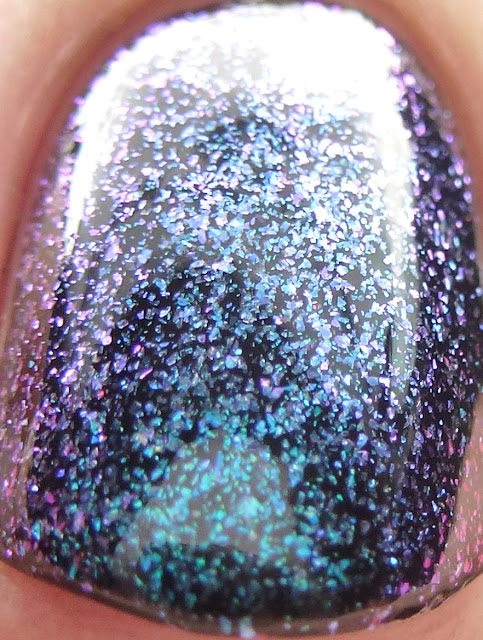






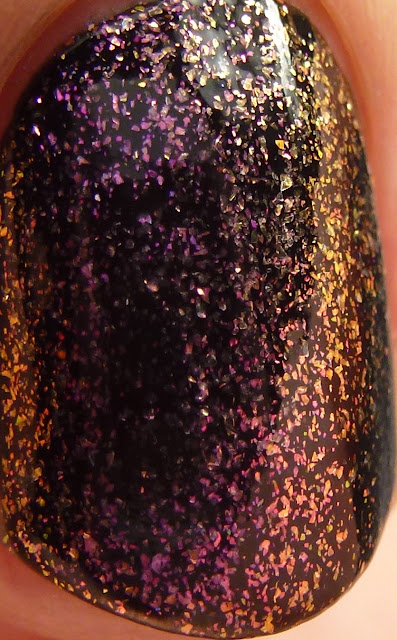

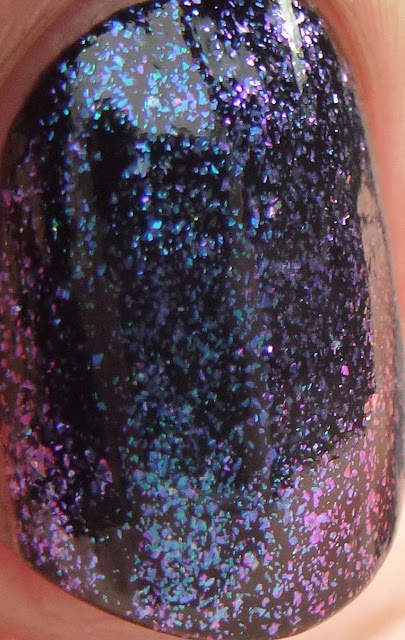


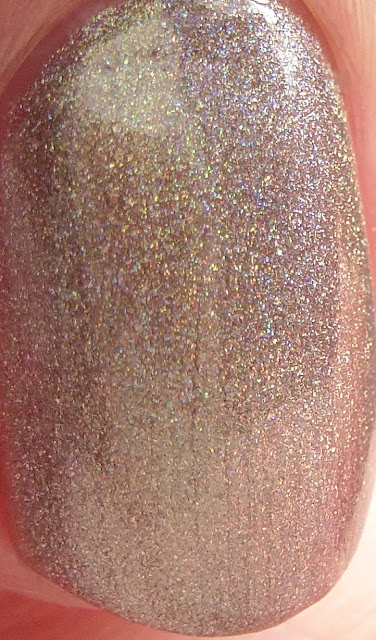
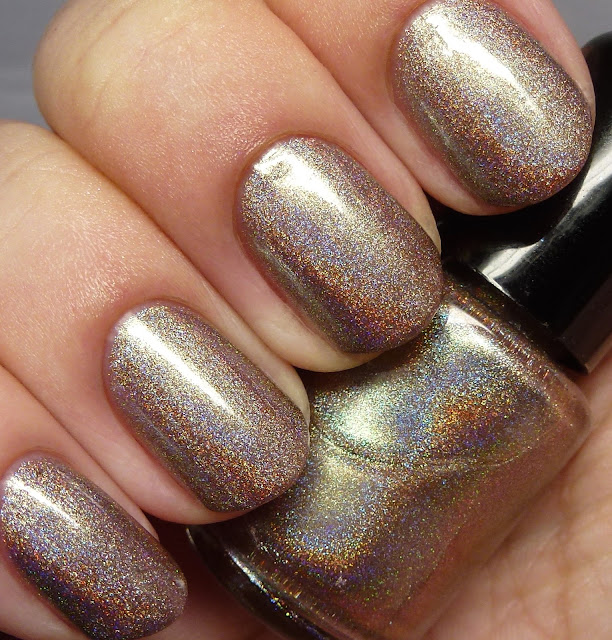





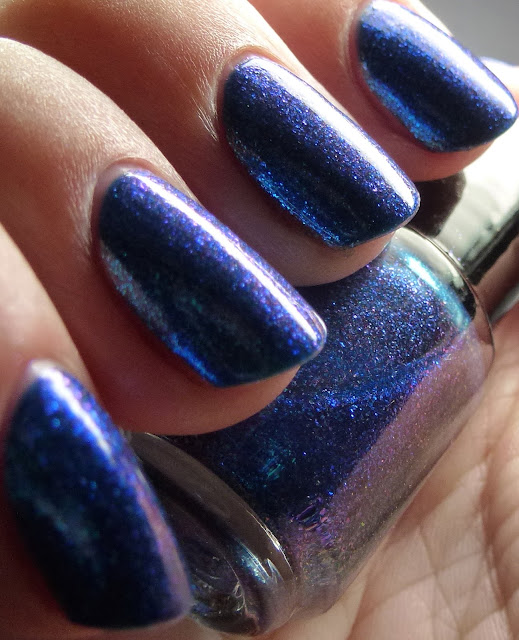

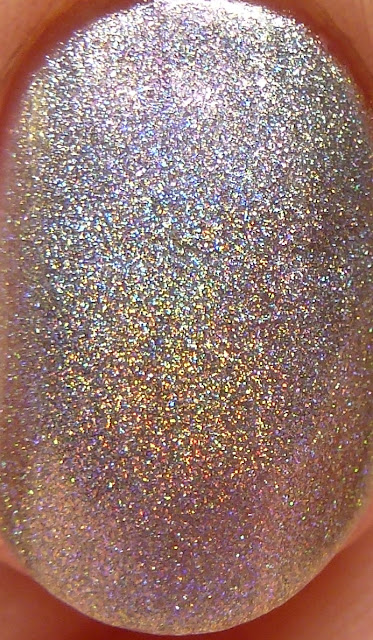



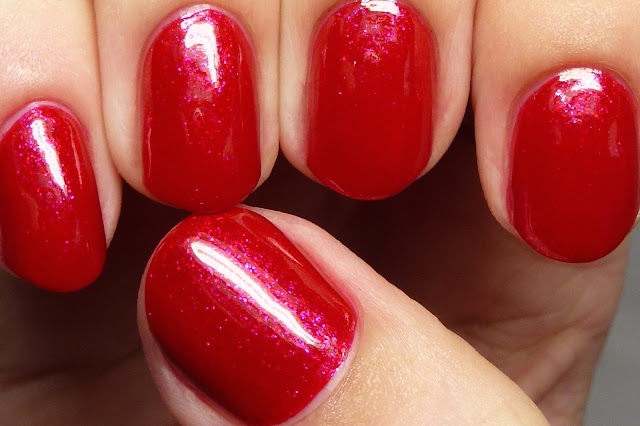




No comments:
Post a Comment